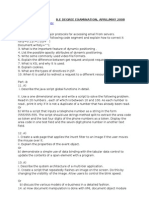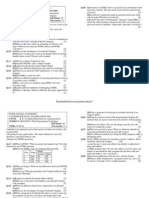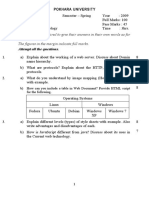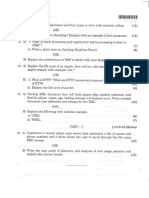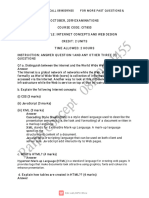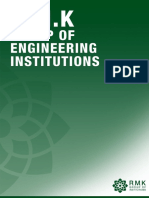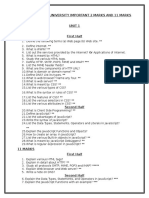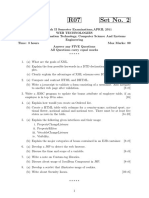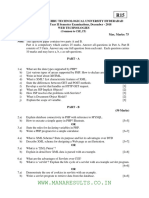0% found this document useful (0 votes)
26 views3 pagesWeb Technology
The document outlines the examination structure for a Computer Science and Engineering course on Web Technology, including a variety of topics such as networking, scripting, HTML forms, applets, and database connectivity. It consists of two parts: Part A with short answer questions and Part B with detailed questions requiring in-depth explanations and examples. The exam tests knowledge on JavaScript, CGI, server-side programming, exception handling, and various web technologies.
Uploaded by
AbiramiKumaraguruCopyright
© © All Rights Reserved
We take content rights seriously. If you suspect this is your content, claim it here.
Available Formats
Download as PDF or read online on Scribd
0% found this document useful (0 votes)
26 views3 pagesWeb Technology
The document outlines the examination structure for a Computer Science and Engineering course on Web Technology, including a variety of topics such as networking, scripting, HTML forms, applets, and database connectivity. It consists of two parts: Part A with short answer questions and Part B with detailed questions requiring in-depth explanations and examples. The exam tests knowledge on JavaScript, CGI, server-side programming, exception handling, and various web technologies.
Uploaded by
AbiramiKumaraguruCopyright
© © All Rights Reserved
We take content rights seriously. If you suspect this is your content, claim it here.
Available Formats
Download as PDF or read online on Scribd
/ 3



